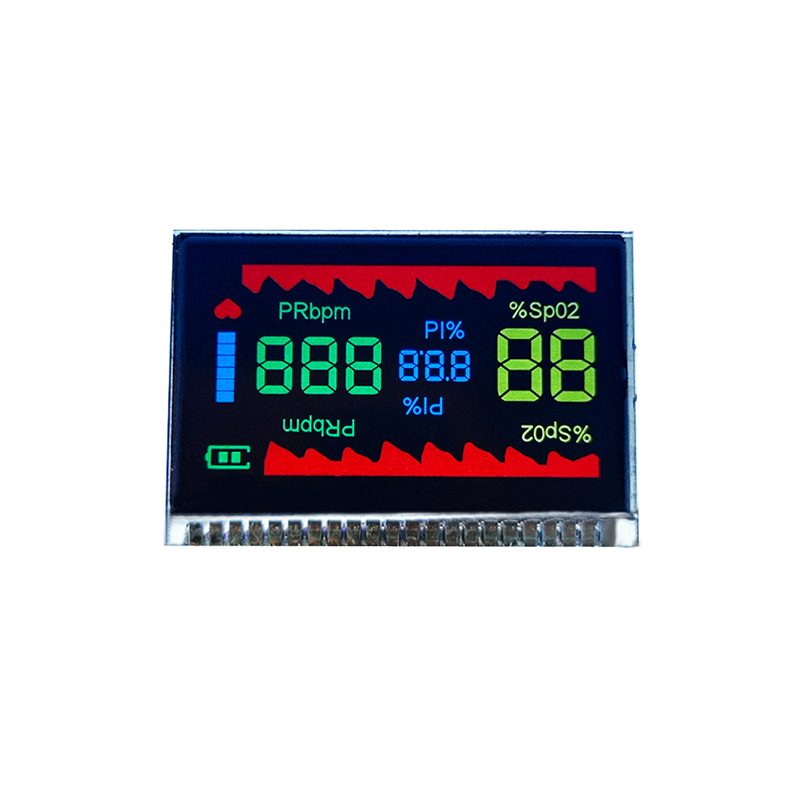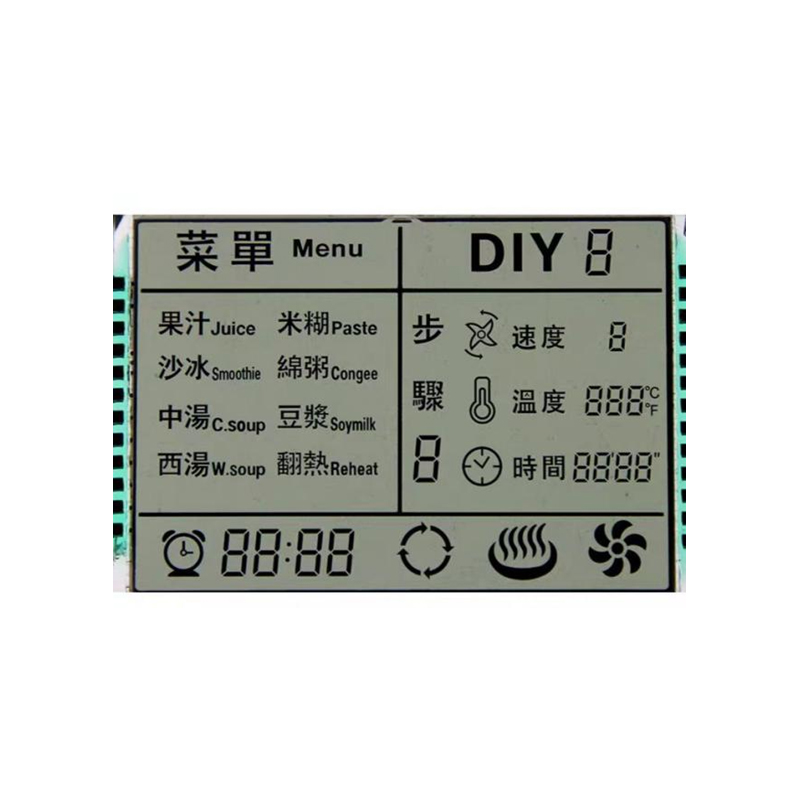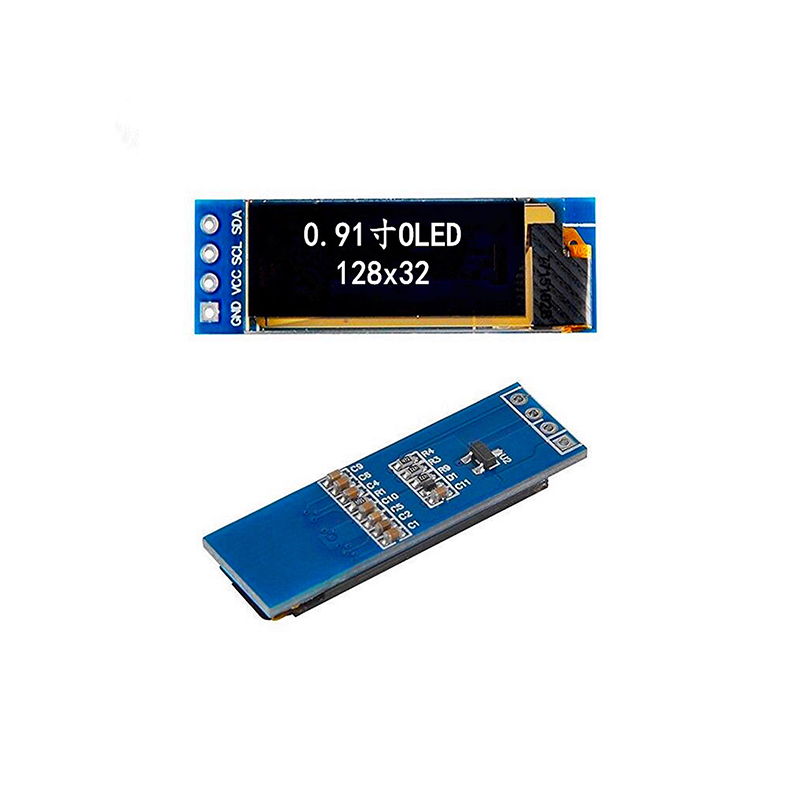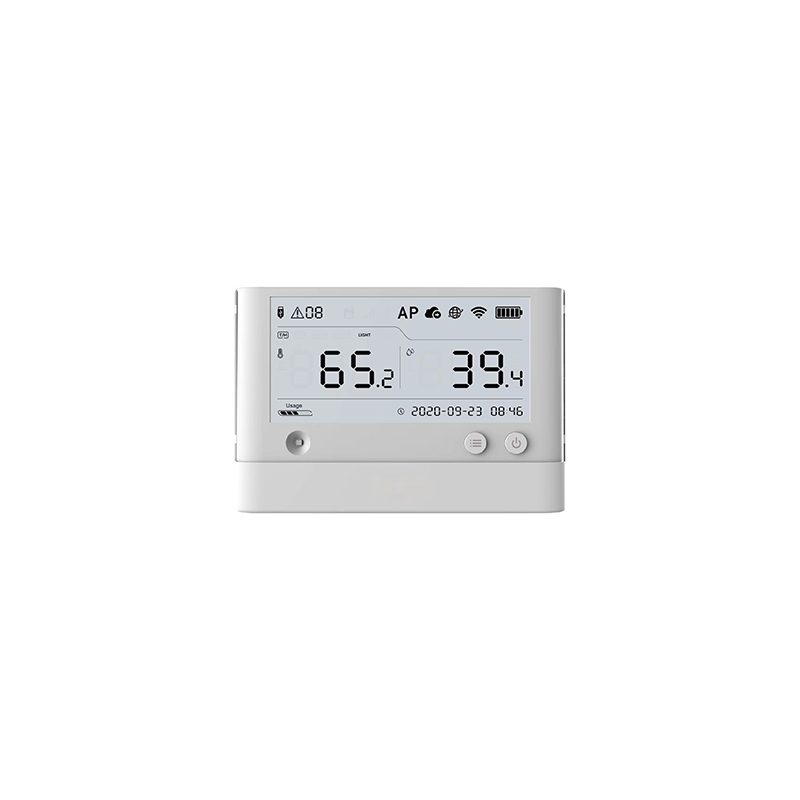
The market for small-sized OLED displays is booming, driven by the growing demand for wearables, IoT devices, and other applications requiring high-quality, energy-efficient screens. Finding the right 1.3 OLED display factory to meet your specific requirements is crucial for success. This guide provides a comprehensive overview of the key aspects to consider during your search, helping you navigate the complexities of the manufacturing landscape and make an informed decision. We'll examine factors beyond just price, delving into the critical aspects of quality, reliability, and ethical considerations. Your project deserves the best, and this guide will help you find it.
One of the first considerations is the desired resolution and pixel density of your 1.3 OLED display. Higher resolution translates to sharper images and more detail, but it also impacts cost and power consumption. Consider the application and the level of detail required to determine the optimal balance.
Brightness and contrast ratio are crucial for visibility in different lighting conditions. A higher brightness ensures readability in bright sunlight, while a high contrast ratio enhances image depth and clarity. Understanding the typical viewing environment for your product is crucial in selecting the appropriate display specifications.
The color gamut represents the range of colors a display can reproduce. A wider color gamut offers more vibrant and lifelike images. Color accuracy refers to how faithfully the display reproduces colors compared to the original source. For applications requiring accurate color representation, this is a vital specification.
Assess the factory's production capacity to ensure it can meet your order volume and deadlines. Lead times, which indicate the time it takes from order placement to delivery, are a key factor to consider for timely project completion. Inquire about their flexibility to handle fluctuating order volumes.
A reputable 1.3 OLED display factory will implement rigorous quality control measures throughout the manufacturing process. Inquire about their testing procedures and defect rates to gauge their commitment to quality. Look for certifications that validate their quality control systems.
Increasingly, companies are prioritizing ethical sourcing and sustainable manufacturing practices. Investigate the factory's commitment to fair labor practices, environmental protection, and responsible resource management. Look for relevant certifications or evidence of their commitment to these principles.
To simplify the comparison process, consider using a table to summarize key characteristics of different manufacturers:
| Factory Name | Production Capacity | Lead Time (weeks) | Defect Rate (%) | Certifications |
|---|---|---|---|---|
| Factory A | 100,000 units/month | 4-6 | <1% | ISO 9001, ISO 14001 |
| Factory B | 50,000 units/month | 6-8 | <2% | ISO 9001 |
| Factory C | 200,000 units/month | 8-10 | <1.5% | ISO 9001, ISO 14001, RoHS |
Remember that this is a simplified example. Your own research should include much more detailed information.
Selecting the right 1.3 OLED display factory is a critical decision with significant implications for your project’s success. By carefully considering the factors outlined in this guide, you can make an informed choice, ensuring the quality, reliability, and ethical sourcing of your displays. Don't hesitate to reach out to multiple manufacturers, request samples, and thoroughly vet their capabilities before making your final decision.
For more information on high-quality display solutions, consider exploring the capabilities of Dalian Eastern Display Co., Ltd. They offer a wide range of display options to suit diverse application needs.












